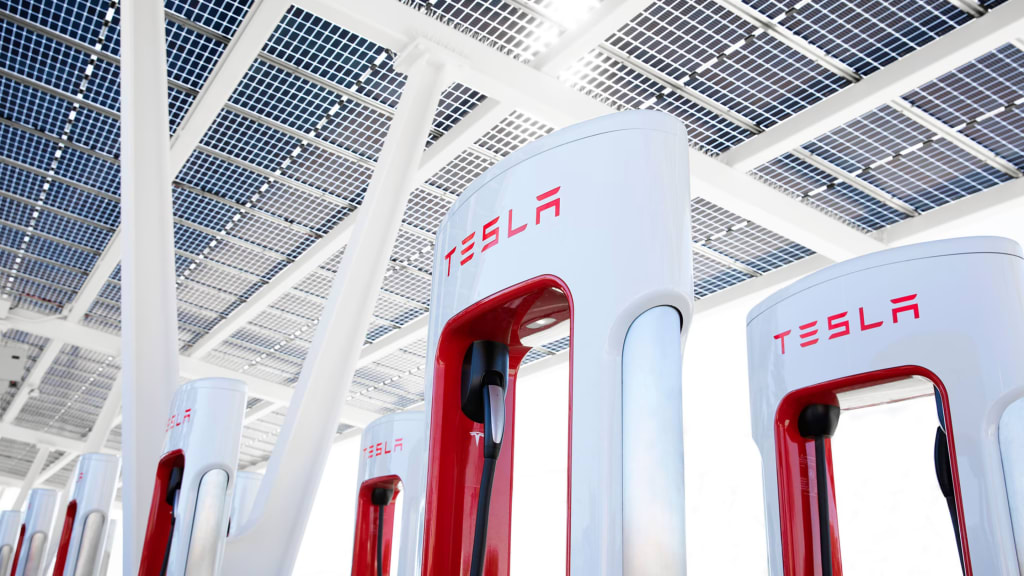Exploring the Economics Behind Tesla Supercharger Development
Tesla supercharger cost of development is impacted by various factors including site location, operational cost, and maintenance of the charging stations.

In today’s rapidly evolving automotive landscape, the transition towards sustainable transportation has become an imperative. At the forefront of this movement stands Tesla, a company renowned for its ground-breaking electric vehicles (EVs) and a robust network of supercharger stations. These charging stations, strategically positioned across highways and travel routes, play a pivotal role in enabling long-distance travel for Tesla owners. However, delving into the economics behind the development of these superchargers unveils a complex interplay of factors that influence their viability and proliferation. Tesla supercharger cost of development is impacted by various factors including site location, operational cost, and maintenance of the charging stations.
Understanding the Development Process
The journey from conceptualization to deployment of an EV charging system like the Tesla Supercharger entails a multifaceted process. It begins with meticulous planning, where objectives and goals are defined, targeting a seamless user experience and efficient charging infrastructure. System architecture design follows, encompassing the delineation of client-side and server-side components, database structures, and communication protocols. This phase also entails the development of robust security frameworks to safeguard user data and financial transactions.
User interface design is paramount, ensuring scalability and intuitive usability across platforms. Back-end development involves setting up the database structure to store user profiles, charging station information, and transaction history securely. Concurrently, mobile application and web development enable wider accessibility, integrating essential features such as user reviews, push notifications, and payment gateways.
Factors Influencing Tesla Supercharger Cost of Development
The cost of developing Tesla supercharger stations is contingent upon several variables. Foremost among these is the selection of EV charging sites, which involves land acquisition or leasing, permitting, and infrastructure improvements. The expense of charging equipment, encompassing the purchase and installation of DC fast chargers, constitutes a significant portion of the overall cost. Hardware and installation expenses further include electrical work, construction, and overhead costs.
Network and software development costs are integral, comprising the development of web platforms, mobile apps, and backend infrastructure. Operational expenses, including system maintenance, software updates, customer support, and electricity costs, are ongoing considerations. Maintenance and operation costs encompass regular inspections, cleaning, repairs, and component replacements.
Unveiling the Benefits of Tesla Supercharger Stations
Tesla supercharger stations offer a multitude of benefits that contribute to the convenience, accessibility, and sustainability of electric vehicles. Fast charging speeds enable quick replenishment of vehicle batteries, making long-distance travel feasible and reducing charging times compared to traditional methods. The reliability and availability of supercharger stations instill confidence in Tesla owners, ensuring seamless access to charging infrastructure.
High-quality infrastructure withstands various weather conditions and heavy usage, guaranteeing reliability and durability over time. A seamless user experience is facilitated through intuitive interfaces and strategically located stations along major travel routes. Moreover, Tesla’s commitment to renewable energy integration aligns with its sustainability goals, further reducing the carbon footprint associated with charging EVs.
Future Developments in Tesla Supercharger Technology
As Tesla continues to innovate, several future developments are poised to further enhance the charging infrastructure. Increased charging capacity aims to reduce wait times during peak hours, accommodating the growing number of EV owners. The introduction of V3 superchargers promises even faster charging speeds, leveraging higher power capacities and advanced technology.
Integration of renewable energy sources such as solar power aligns with Tesla’s commitment to sustainability, reducing reliance on traditional grid electricity. Expansion of supercharger stations into urban areas aims to meet the evolving needs of city dwellers, providing convenient access to charging infrastructure. These developments underscore Tesla’s dedication to advancing sustainable transportation practices and enhancing the overall EV ownership experience.
In conclusion, understanding the economics behind Tesla supercharger development is essential for stakeholders in the EV industry. By comprehending the intricacies of the development process, identifying key cost-influencing factors, recognizing the benefits of supercharger stations, and envisioning future technological advancements, stakeholders can make informed decisions to propel the adoption of electric vehicles and sustainable transportation practices forward.
About the Creator
Sumit Chauhan
I'm Sumit Chauhan, a dedicated tech enthusiast with a keen interest in exploring the realms of mobile app development across Android and iOS platforms.
Enjoyed the story? Support the Creator.
Subscribe for free to receive all their stories in your feed. You could also pledge your support or give them a one-off tip, letting them know you appreciate their work.





Comments (1)
informative